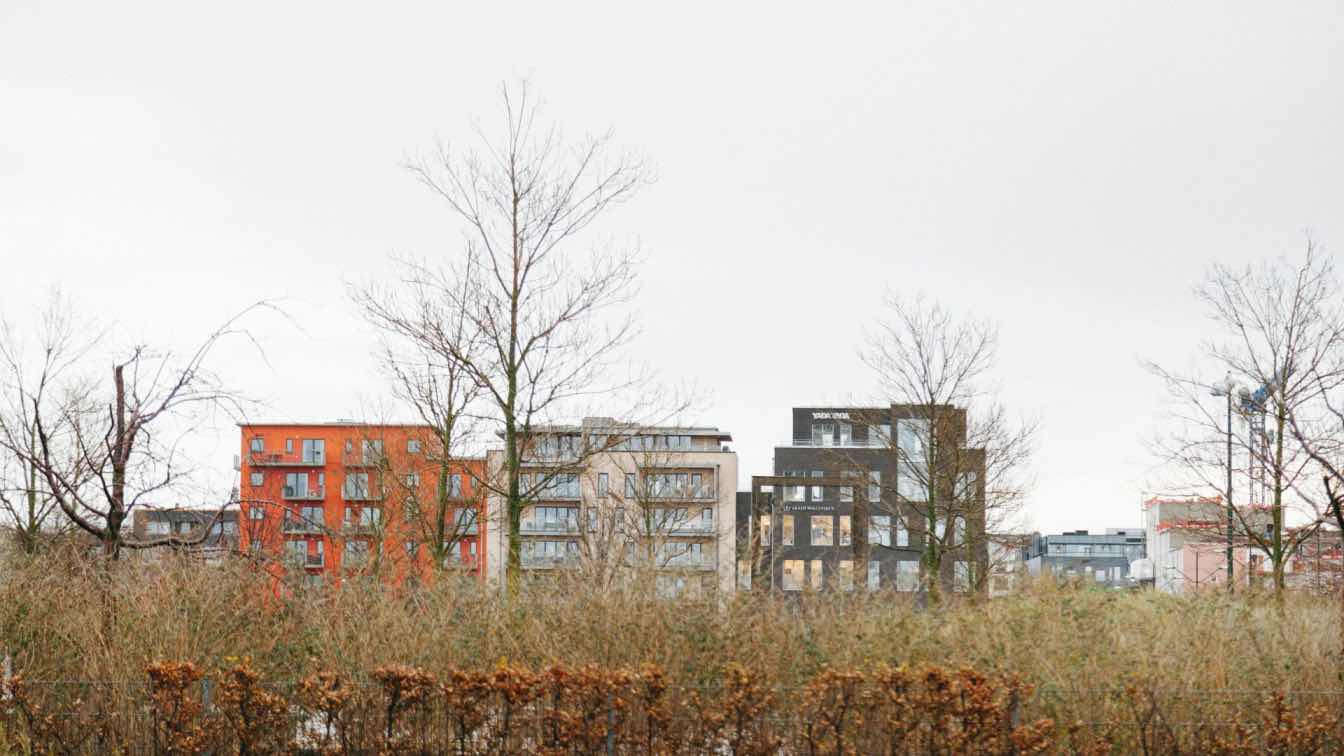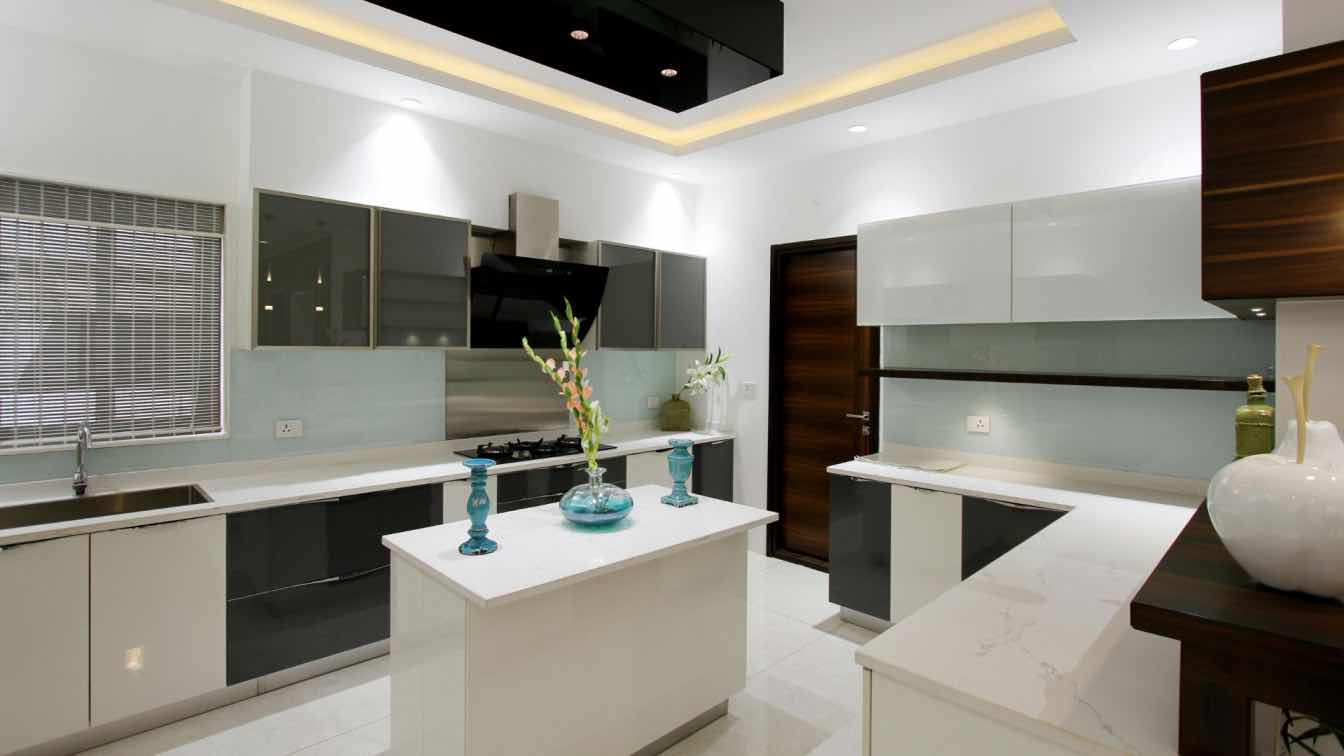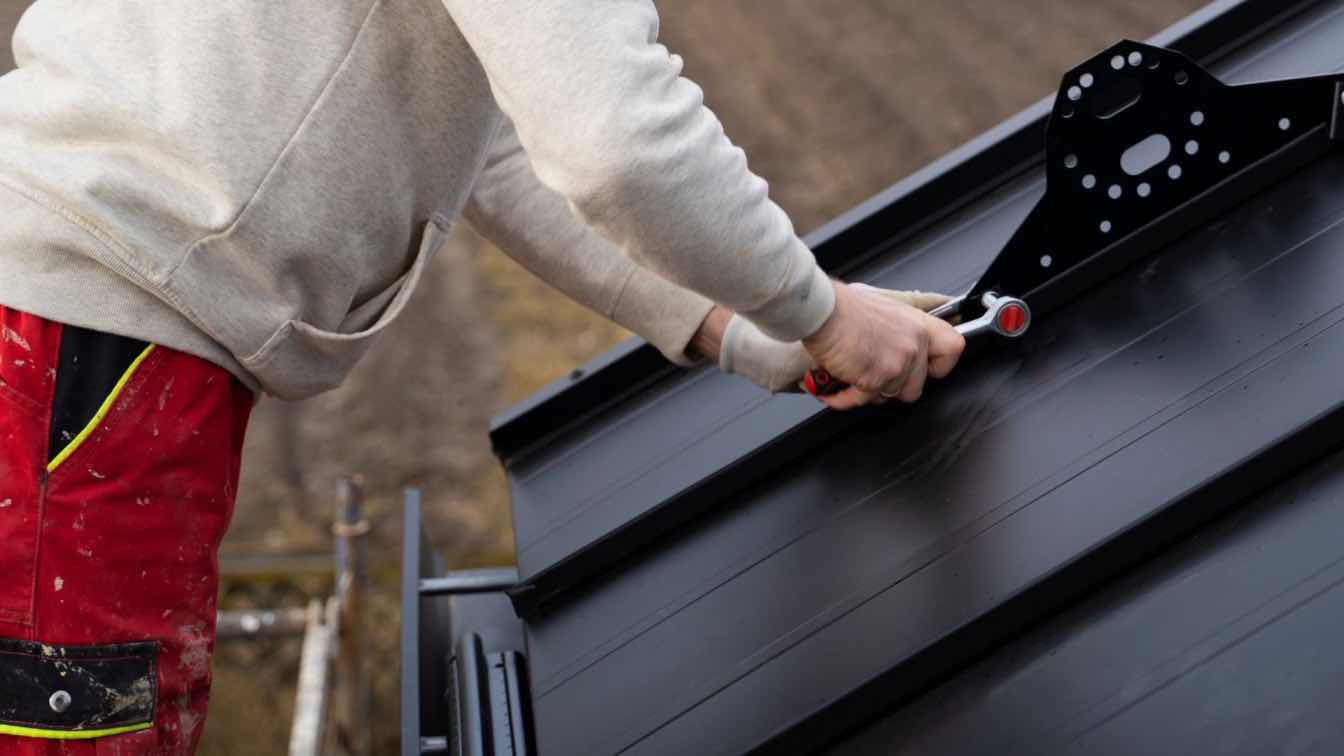When the environment is extreme, architecture stops being a style statement and becomes a survival tool. From the unpredictable chaos of flood zones to the blistering heat of deserts and the biting cold of tundras, architecture can be a shield. Every decision, such as materials, shapes, openings, and even roof edges, is part of a defense strategy. Let’s break down how architects tackle these different extremes.
Desert Architecture
In deserts, the challenge is clear; extreme heat during the day, rapid cooling at night, and barely any water in sight. Buildings have to be cool sanctuaries without relying solely on energy-hungry air conditioning. Traditional desert architecture offers some impressive tricks. Think thick Adobe or rammed-earth walls that store heat during the day and release it at night.
Narrow windows and shaded courtyards keep the interior cool while still allowing light in. The idea is to work with the environment, not against it. Modern designs often incorporate high-tech solutions alongside these age-old techniques. Advanced insulation, solar shading systems, and reflective roofing materials help minimize heat gain.
In many high-end desert homes, you'll have “cool roofs” that bounce sunlight right back into the atmosphere rather than absorbing it. Water scarcity also plays a role here. Rainwater harvesting systems, xeriscaping (low-water landscaping), and greywater recycling are essential to survival.
Flood Zone Architecture
Designing for flood-prone areas is about making sure buildings stay functional during and after high water events. The most obvious adaptation is elevation. Homes and commercial buildings in coastal or riverfront flood zones are often built on stilts, piers, or raised foundations to keep living spaces above projected flood levels.
In urban flood zones, you might see ground floors designed as open parking or storage, allowing water to flow through without destroying main living areas. Water is another critical line of defense. Here’s where a roof flashing guide becomes surprisingly relevant, because weather proofing doesn't just protect from rain above. Flashing sealants and watertight barriers keep water out of joints and seams, preventing structural damage that can spiral into costly repairs.
Tundra Architecture
In the tundra, the enemy is cold, bone-deep, energy-draining cold. Add to that the unstable ground of permafrost, and you’ve got one of the architecture's toughest puzzles. Design here focuses on insulation, structural stability, and energy efficiency. Buildings are often raised in stilts or piles to avoid melting the permafrost beneath them. This gap also helps prevent frost heave, which can push and twist foundations over time.
For warmth, thick walls filled with high-grade insulation, triple-glazed windows, and airtight construction are non-negotiable. Many structures feature vestibules or airlocks at entrances to keep heat from escaping every time the door opens.
Daylight is scarce for much of the year, so windows are strategically placed to capture low winter wind. While the wind might not get the same headlines as temperature, in the tundra, it's also brutal.
Endnote
The principles behind extreme-climate design are creeping into everyday architecture. Rising global temperatures, shifting weather patterns, and more frequent storms mean more people are facing challenges once reserved for distant regions. Whether you’re putting up a vacation home in the desert or remodeling a city loft, you can borrow lessons from these extreme climates to make your building stronger and smarter.





